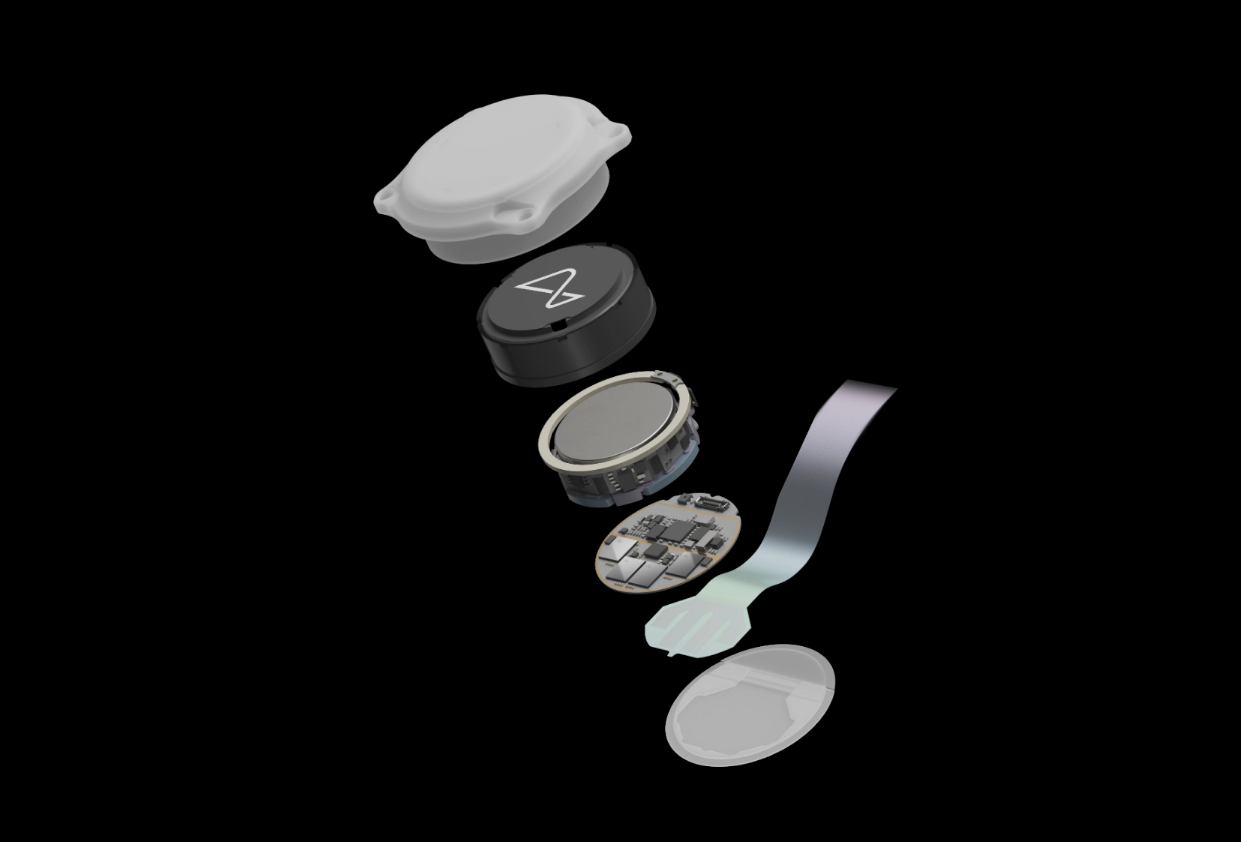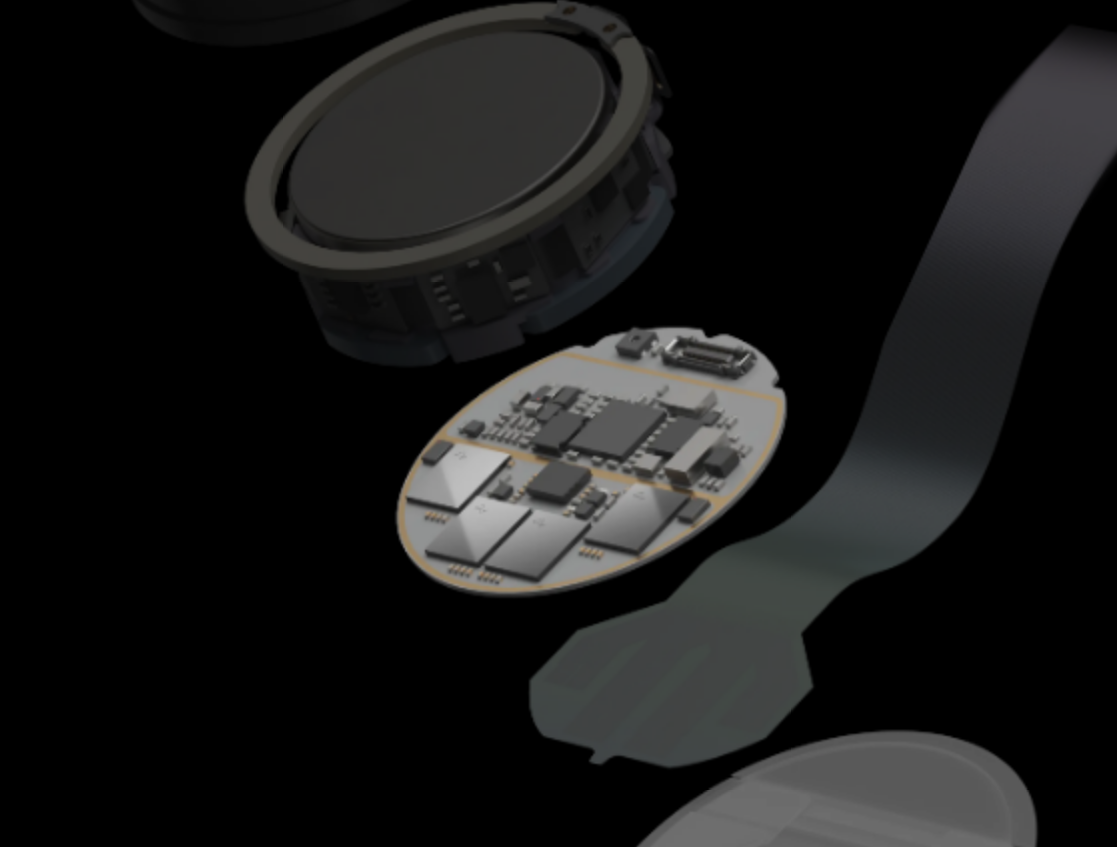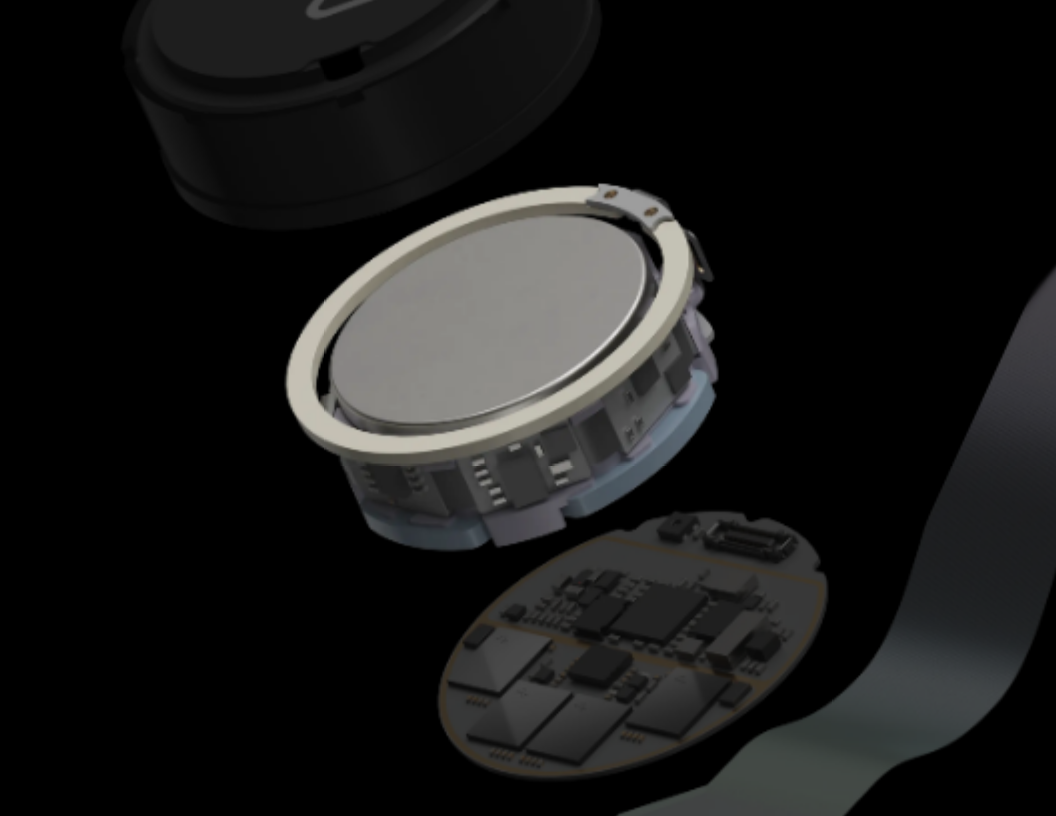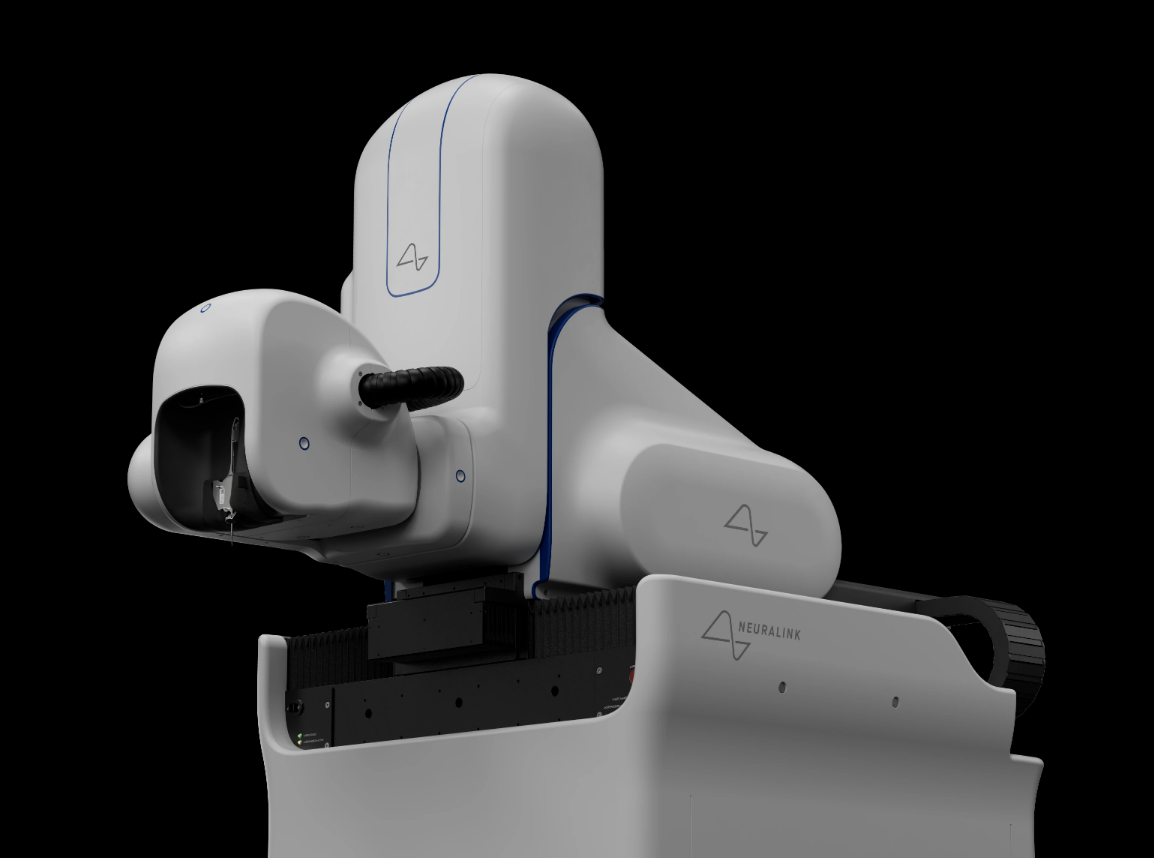News
A real breakthrough or a crazy risk? What the Neuralink chip looks like, which was first implanted in the human brain. Photo
The American neurotechnology company Neuralink, founded by billionaire Elon Musk, has implanted a wireless chip into the human brain for the first time. Researchers have been working on the chip for a long time, including testing the high-tech implant on animals.
However, it was only after almost three years of work and research that Neuralink decided to implant the chip into the human brain. OBOZ.UA found out how humanity can benefit from the Neuralink chip, what exactly this implant looks like, and whether there are any risks for people who decide to implant modern technologies into their brains.
From animal testing to implanting a chip in the human brain
It's worth noting that at the end of 2022, American inventor Elon Musk announced his intention to implant a chip in the human brain that would allow remote control of a smartphone and laptop. At the same time, he assured that the chip would help people with certain diseases. In particular, Neuralink's technologies will be aimed at restoring human vision. The company has also been working on interfaces for brain chips that will allow patients with disabilities to move and communicate again.
Neuralink, which develops interfaces for interaction between the human brain and an electronic device, started its operations in 2016 but was introduced by Musk in March 2017. For several years, the inventors have been conducting animal tests and seeking approval from the U.S. Food and Drug Administration (FDA) to begin human clinical trials.
A revolution in the treatment of cancer and other serious diseases
Only almost 5 years later, the FDA allowed Neuralink to conduct the first human trial of the implant. On January 30, 2024, Musk announced that the implantation of the chip into the human brain was successful. Now, scientists want to evaluate the functionality of the interface, which allows people with tetraplegia (paralysis of all four limbs) to re-control their bodies with their thoughts.
Researchers from Neuralink are confident that their revolutionary development will help in the treatment of various diseases, both congenital and acquired. According to the scientists, the chip will allow in the future to fully restore the vital activity of people who have suffered a stroke or heart attack and cancer. In particular, Neuralink said that their development will help to overcome such problems as Alzheimer's, Parkinson's and dementia.
Musk is betting on artificial intelligence
According to the inventor Elon Musk, the Neuralink team will primarily focus on solving problems related to human brain diseases. However, the next stage will be the development of a brain-machine interface that will allow humanity to achieve symbiosis with artificial intelligence.
In one of his speeches, Musk said that the human brain has a limbic system that is responsible for primitive needs, desires, and emotions. At the same time, the motor cortex is responsible for the thought process, and Neuralink aims to add digital superintelligence to these natural "technologies".
At the same time, Musk emphasized that nothing new will have to be created, because people already have this digital superintelligence - smartphones, computers, and other similar gadgets. According to him, the Achilles' heel in the "connection" between technology and the human brain is the different speed of interaction.
He explained that the speed of information output from the brain is very low compared to modern technologies and gave an example that most people type with only two fingers, while people write with one hand. At the same time, the speed of information delivery to the brain is much faster due to the peculiarities of vision and other senses.
Therefore, the main task of Neuralink on the way to synchronizing the brain and artificial intelligence is to adapt the speed of information acquisition by people.
What does the chip look like and is it necessary to "charge" the brain?
After several years of work, Neuralink was able to create a chip based on the N1 processor measuring 4x5 mm. Initially, it contained 1024 electrodes, but the potential allows to increase the number of electrodes to 10 thousand in the future. For comparison, analysts said that the most advanced brain stimulation system for Parkinson's patients, approved by the US Food and Drug Administration, contains only 10 electrodes. At the same time, the electrodes of the N1 chip are about ten times thinner than a human hair and comparable in size to a neuron. To implant the chip into the human brain, a hole with a diameter of 2 mm must be made, which expands to 8 mm.
In addition, Neuralink has developed a special robot for implanting electrodes into the human head. The scientists noted that implanting a chip of this size requires high precision. Otherwise, there is a risk of damaging the brain vessels.
Neuralink assured that the brain-computer interface is fully implantable, cosmetically invisible, and designed to allow a person to control a computer or mobile device. The company also noted that the N1 implant is hermetically sealed in a biocompatible housing that can withstand physiological conditions several times more severe than in the human body.
Obviously, like all Neuralink chip technology, electricity is required. The researchers explained that the N1 implant is powered by a small battery that is charged wirelessly from the outside using a compact inductive charger.
Advanced, special low-power chips and electronics process neural signals, transmitting them wirelessly to the Neuralink program, which decodes the data stream into actions and intentions. In addition, the N1 implant records neural activity with 1024 electrodes distributed over 64 strands. These extremely flexible, ultra-thin filaments are key to minimizing damage during and after implantation.
Is the Neuralink brain implant safe?
In early 2023, the nonprofit health organization Physicians Committee for Responsible Medicine claimed that Neuralink has a documented track record of animal cruelty. The group said it had obtained internal records detailing painful and fatal experiments conducted by Neuralink on monkeys, prompting US federal agencies to investigate.
In his turn, Elon Musk assured that no monkey died as a result of Neuralink implantation. In his turn, Kiminobu Sugai, professor of medicine and head of the Department of Neurobiology at the University of Central Florida, said that the main risk of a brain implant for humans is the risk of infection. He noted that the device is located on the surface of the brain, but can cause some inflammation and immune response.
At the same time, an investigation by the American scientific publication WIRED showed that Neuralink allegedly conceals the consequences of its research. According to the publication, experimental monkeys died during the experiments.
In particular, the investigation states that in one case, a toxic glue leaked from an implant developed by Neuralink, which led to the death of the animal.
An autopsy showed that the pressure inside the monkey's skull had increased dramatically, causing its brain to deform and rupture. The reason was the toxic glue of the chip itself, which was attached to the animal's skull.
Moreover, WIRED found out that the records released by the State University of California, Davis, lack many photos and videos of primates from 2018 to 2020. Analysts believe that such high secrecy is caused by fears of public reaction to animal experiments.
As a reminder, in May 2023, Neuralink announced that it had received official permission from the US authorities to conduct tests with humans. As promised, such chips will in the future allow to restore sight to the blind or put people with disabilities on their feet. But so far, there have been only relatively minor successes and the deaths of more than 1,500 animals who participated in the experiments.
Earlier, Musk boasted that the first person in the world received an implant from a brain chip startup developed by Neuralink. The American inventor said that this person is successfully recovering.
Only verified information is available on the OBOZ.UA Telegram channel and Viber. Do not fall for fakes!































